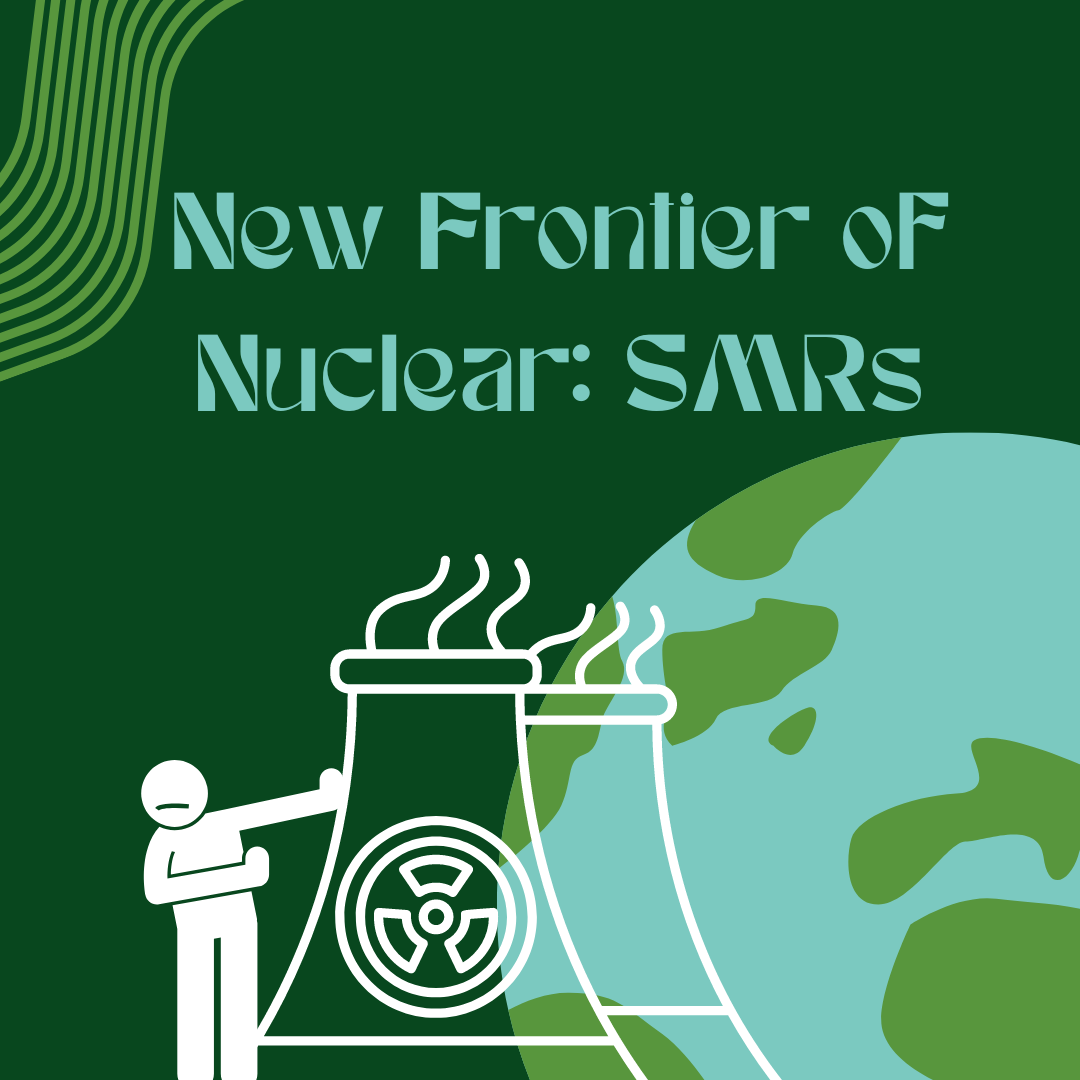In the pursuit of sustainable energy solutions, nuclear energy plays a vital role, offering a low-carbon alternative to traditional power sources. Through the process of nuclear fission, these reactors provide a reliable and continuous energy supply with minimal greenhouse gas emissions. Thanks to the improvements regarding operational safety, nuclear energy stands as a key contributor for a cleaner and more sustainable future.
In this article, we delve into the evolution of nuclear technology, focusing particularly on the Small Modular Reactors (SMRs), set to redefine the landscape of nuclear power.
A step behind: Traditional Nuclear reactors
Traditional Nuclear Power Plants can generate up to 8000 Megawatts of electricity. These huge power plants present significant operational hazards. First and foremost, the fixed cost outlay to set up such a big plant is huge. For Example, The Byron Generating Station in Illinois, USA cost upwards of 5 billion dollars to construct.
This presents important barriers to entry and reduces the chance of the project actually coming to fruition. Second, it is very rigid and site specific in its nature. Due to the large supply of energy & the requirements for necessary infrastructure, these plants are set up in areas with huge industrial undertakings with booming populations. For one-off projects in isolated areas or in places where the necessary infrastructure is not available, they are not set up due to low reward-risk ratio. In such cases small plants that provide less energy could be much more desirable & are comparatively small undertakings.
What are the SMRs?
Small Modular Reactors (SMRs) are revolutionizing nuclear energy, offering a promising alternative to traditional nuclear reactors. The name itself provides a summary of their key characteristics: they are “small,” “modular,” and “reactors”.
First of all, it’s important to note that these are essentially “normal” nuclear reactors that produce energy through the controlled fission of uranium-238.
The term “small” in SMRs refers to their size relative to the third-generation reactors currently in operation. These innovative reactors are designed to be significantly smaller, bringing lots of advantages. Traditional reactors often require massive infrastructure, but SMRs are compact, making them suitable for various applications and locations. As defined by the International Atomic Energy Agency, SMRs can produce up to 300 megawatts of electricity (MWe), so they are about one-third the size of their predecessors.
The “modular” aspect of SMRs is the game-changer. Unlike traditional reactors built on-site, SMRs are assembled in factories. This approach allows for mass production, scalability, and ease of transportation. In this way SMRs can be shipped worldwide, to cover the energy needs of diverse regions. This modular approach will also reduce costs, making nuclear energy more accessible globally.
SMRs in a nut: flexibility and scalability
Although SMRs can generate about one third of the processing power conventional reactors use, they are just a more advanced and flexible technology.
These Small Modular Reactors are a better alternative to Co2 emitting coal plants or other forms of nonrenewable energy on which remote communities rely. Thanks to their modularity and transportability, these reactors can be deployed to generate power in areas that are challenging to reach by the conventional energy grid. Their flexibility allows them to be arranged in varying quantities based on the specific energy needs of the area.
If used properly these SMRs can support up to two hundred thousand homes since 1 Megawatt can power 750 homes. They can function independently or connected to a grid. When SMRs are connected to microgrids they can support key centers such as military bases and hospitals through a process called “Islanding”.
In addition, it should be noted that currently, the most significant obstacles to the construction of new nuclear power plants are long building times and substantial investments required. The huge standard nuclear reactors are not suitable for scalability. In this regard, SMRs represent a paradigm shift as, being small and standardized, they prove to be more cost-effective and quicker to implement.
But the true game-changer in this technology is that some fourth-generation SMRs will introduce the recycling of nuclear waste generated from the combustion as new fuel. This process leads to a significant reduction in fissile material, resulting in substantially lower and, most importantly, less radioactive waste production.
Lastly, SMRs appear even safer than previous ones, as they can be built underground and they use safer cooling systems, reducing vulnerability to natural calamities.
These advancements in nuclear technology encourage us to keep an open mind towards this smarter utilization of nuclear energy, leading us toward a more sustainable and efficient energy future.
By Aditya Hingorani and Margherita Nespoli.
Sources:
https://www.pnas.org/doi/full/10.1073/pnas.2111833119
https://www.popularmechanics.com/technology/infrastructure/a30225278/tiny-nuclear-reactor/
https://www.technologyreview.com/2023/02/08/1067992/smaller-nuclear-reactors/
https://decommissioningcollaborative.org/byron-1-2/
https://www.energy.gov/ne/benefits-small-modular-reactors-smrs
https://www.energy.gov/ne/articles/5-key-resilient-features-small-modular-reactors
https://www.cbc.ca/news/science/small-modular-reactors-nuclear-smr-1.5187469
https://www.weforum.org/agenda/2022/08/small-nuclear-reactor-modular/
https://www.youtube.com/watch?v=PtU8rLEuvL0&t=364s
https://www.youtube.com/watch?v=Jzq7Y8g9sRE




